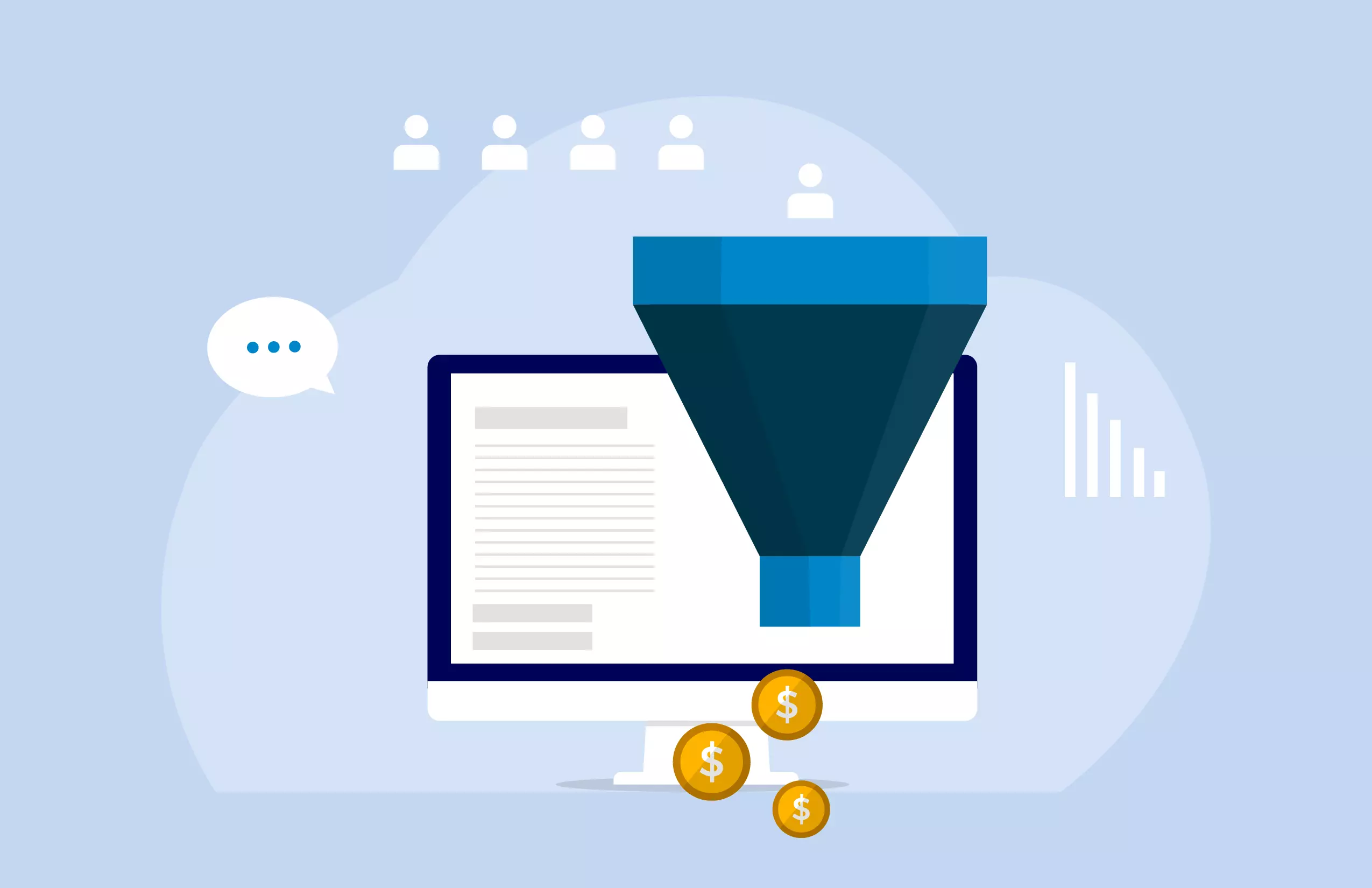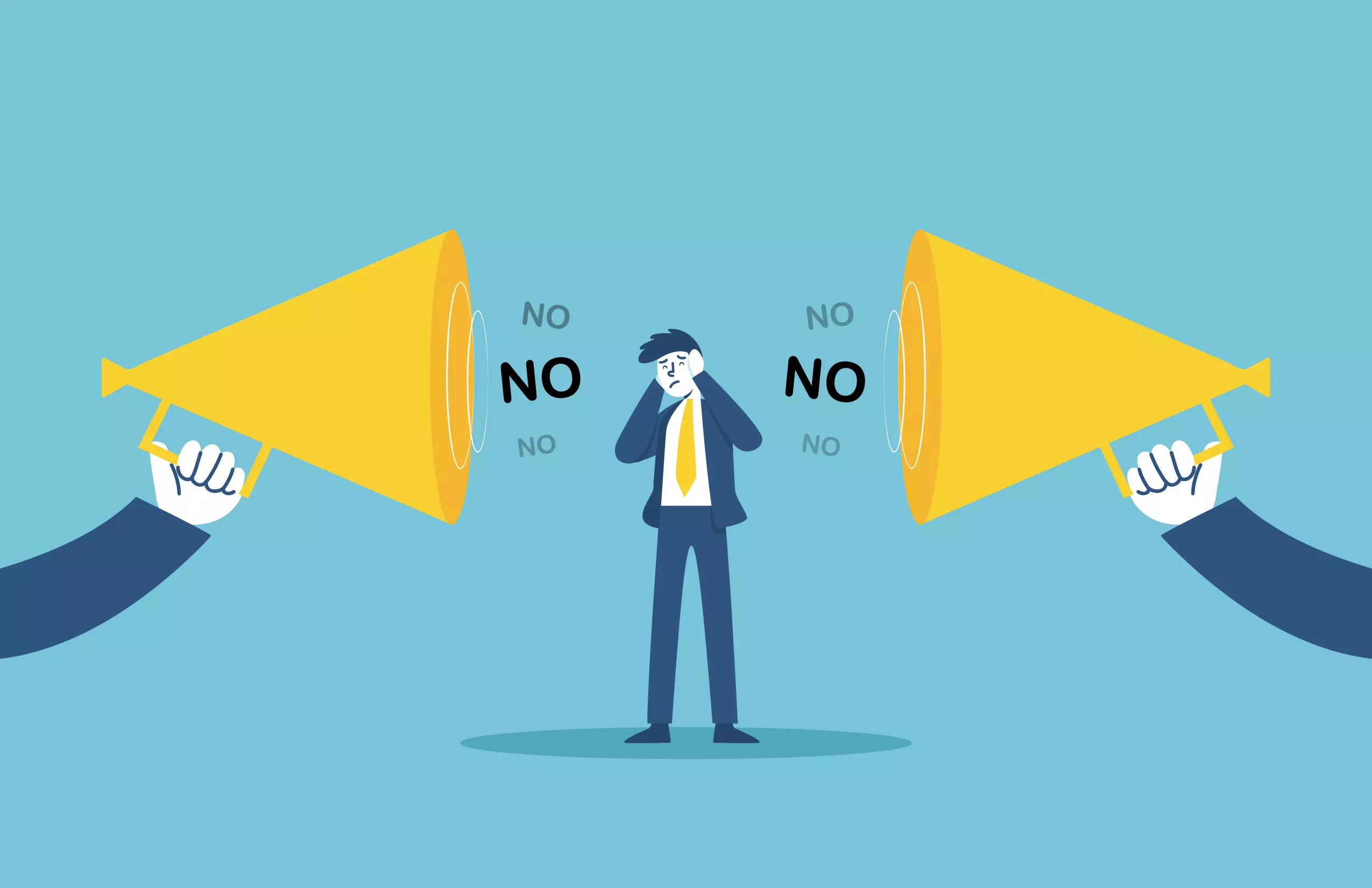
10 best sales closing techniques for salespeople
Table of Contents
What is a sales closing technique?
A sales closing technique is a strategy used to persuade prospects to become consumers. A salesperson has effectively converted a lead into a customer when they close a sale. The bottom line was signed by the new customer, and a relationship between the client and the company is assured.
Successful deal closing requires a method. You must ignite clients’ interest, win them over with benefits, then present them with an unbeatable offer. Yet, it is easier said than done. This is why sales teams utilize a variety of techniques. What works for one lead might not be successful for the other.
Why is the sales closing technique essential?
The ultimate objective of every salesperson is to close a deal, and this is understandable. Sales not only generate income and increase market share, but they also offer consumers satisfaction by addressing conflicts and establishing deep relationships with them.
The relevance of finishing agreements hasn’t shifted much, but how we close sales has seen a substantial shift. In the past, the legendary sales pitch included elements like pressure sales tactics and deception. Today’s marketing strategy, however, focuses more on paying close attention to and addressing actual client issues.
Not every closing approach is created equal. More so than others, some are better suited to specific industries or sales channels. Reps ought to keep a set of tried-and-true sales closing strategies on hand so they can quickly adjust to any circumstance.
The 10 best sales closing techniques for salespeople are as follows:
The Now or Never Close
It is sometimes referred to as the scarcity close. As with any closing technique, you have to determine how important the prospect is. In this case, you leverage most of the prospect’s concern about missing out. Maybe there aren’t sufficient products left on hand, or the purchase price will end at a specific time. Regardless of the circumstance, there is no guarantee that your offer will remain valid if they don’t seal the sale immediately.
Yet, this method can sour if the prospect hasn’t shown a strong or urgent interest in your product, especially if scarcity isn’t an issue. You must ensure that the potential customer legitimately wants to buy but only needs some incentive to do it straight away.
The Alternative close
Sometimes, focusing on a different good or service can help close the deal. as when a customer expresses cautiousness regarding a price or set of characteristics. When this occurs, provide them with a different decision that better fulfills their requirements. Make sure to give them a choice among two options. Offering options encourage leads to decide to buy as opposed to opting not to buy.
The Summary Close
The summary technique might seem very monotonous at first, but it can be effective when the prospect is comparing offers from various providers.
The customer here may have forgotten some of the most important features and pricing. Trying to remind the prospect of the advantages of your product’s price, features, service, availability, etc. and why it is uniquely suited to heal their pain points is a terrific idea at the summary close. To clarify this tactic merely reinforces the parameters of the offer but can aid the prospect to comprehend the entire package.
The Assumptive Close
One of the most prevalent closing strategies calls for complete confidence that the prospect is willing to make a purchase. This is because the assumptive closure suggests that the transaction is inevitable. It is only important to decide on the details, including the quantity and delivery date.
The purpose when it comes to this close is to be assertive without coming across as excessively aggressive, which can turn the perspective away. You could decide to start with a concise Plot summary close that lists all the limitations and benefits of the offer.
The Urgency close
Sometimes making sales prospects pumped up will make them move more quickly. It’s hopefully moving in the correct direction. You ought to make note of items like a “limited time offer” to promote a satisfactory completion. or a “selected number of available slots.” This has to be true, of course. You run the risk of losing your prospect’s trust if you can’t understand. Once that occurs, the word might travel quickly, hurting your ability to close transactions in the future.
The Sharp Angle Close
Prospects may hold seeking additional goods or services, a considerable discount, or both at the time of closing. You should be planned and equipped to negotiate. This should be simple if you are in a position of authority and are knowledgeable of what you can credibly counter-offer. If any add-ons demand your sales manager’s permission, this could delay the closing and place the deal at risk of going to a competitor.
The Question Close
The most effective salespeople remain inquiring throughout the interaction and truly pay attention to the prospect’s response. Asking questions can be a fantastic way to close the deal, even in the last stages.
This methodology offers several benefits. By acknowledging that you have cooperated with all of their requests, it encourages the prospect to complete the transaction. On the other side, it increases the likelihood of further sales, including those for extra goods and services the prospect could have neglected. A product sample or a test run of sales for a brief time frame could even be used to sweeten the deal.
The Suggestion close
Extremely well at building connections with a lead? Then, perhaps, you could suggest. Only if the lead sees you as a recognized authority, this will be successful. Your manner should be casual, cordial, and pertinent. Don’t recommend the most expensive thing solely to line your own pockets. You potentially lose any trust you have earned if it doesn’t make sense to the lead and their circumstances.
The Discounted close
Customers are currently searching for a fantastic deal. Give them a less appealing but more affordable alternative if you can’t lower the price anything further. For instance, you may reduce the fee by removing a wonderful feature. They certainly won’t want to make a purchase commitment without that benefit. They will therefore decide to settle the original deal instead of protesting the price.
The Visual close
Visuals are attractive to people. Why not place them into your future closing remarks? There are many methods for doing this, including showcasing pictures, charts, and videos. Anything you can to make your points more concrete for them.
Thus, create slides with graphs and charts instead of talking numbers. Rather than explaining what the product can do, show a brief video demonstration or animation gif.
Bottomline
Closing a sale is difficult. Prospects are exhausted from hearing the same pitches over, and competitors are more plentiful and well-prepared than ever. You need to establish your competitive advantage if you want to stand out.
By adding some fuel to it in the form of effective sales closing techniques, you can boost productivity and boost sales. With the help of the above sales strategies, build some test campaigns. Keep note of the techniques that work for certain buyers. There may be a pattern connecting specific strategies to specific circumstances, sectors, and people.










































































